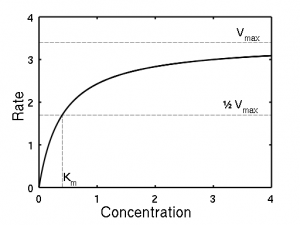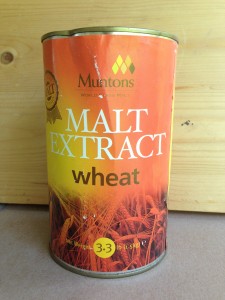Here is an English-style barleywine with a complex malt character. The blend of English 2-row pale ale malt with Munich malt gives this ale a rich, malty character. A little bit of wheat malt and a very small amount of biscuit malt add some bready and cracker-like notes. The beer is full-bodied, but not overly sweet — and with less caramel flavor than is found in some English barleywines. The complex malt character and body is balanced by the hop bitterness (46 IBUs) and the “earthy” character of Fuggles hops. This is not the strongest English-style barleywine ever, but it really is flavorful and nicely balanced. (It’s also delicious, in my opinion.)
The procedures were designed to work well for stovetop extract brewers. In order to do a full-strength, full-wort boil, the wort is made in two shifts. In each shift, the brewer uses roughly half the ingredients and yields 2.5 gallons (9.5 L) of wort. This helps with the hop utilization, but also allows for the small amount of wort darkening that a barleywine should undergo in the kettle. (If you can can boil a full wort, just brew this normally. Double the size of the yeast starter, though.)
Why I named this beer Briggs-Haldane Barleywine is not hard to derive, but I won’t bore you with the details.



Recent Comments